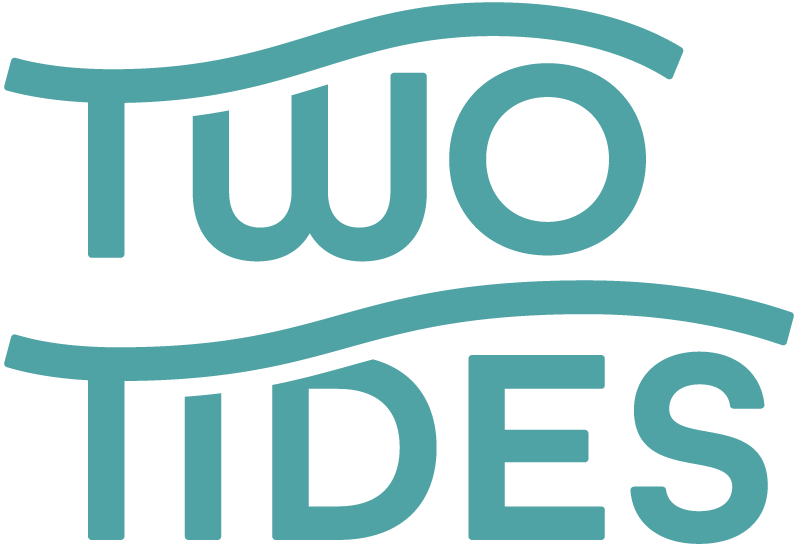
Blog & Resources/

The Coaching Habit: Transform conversations and empower teams
Sometimes, it just feels so much easier to tell someone what to do! As a mum, I catch myself doing this with my teenagers. But hang on, did that approach work when I was young and told what to do? Not likely!
In our various roles—whether as parents, CEOs, team leaders, or volunteers at a sports club—we often find ourselves in this predicament. A crossroads if you like, of responsibility and empowerment.
The act of coaching and developing people (yes, our teenagers included!), contrary to popular belief isn’t about providing all the answers. At its heart, it’s about guiding others to discover their own solutions, fostering independence rather than dependence.
This realisation has deeply impacted my approach to when I began integrating more structured coaching with clients, particularly after diving into Michael Bungay Stanier’s insights in The Coaching Habit. It has even filtered into how I interact at home.
Stanier’s philosophy centres around staying curious and resisting the urge to jump in and fix things—a habit I’m guilty of! This method transforms interactions, making the focus about exploration as opposed to prescription.
I highly recommend trying this kickstart question out as a starter, “What’s on your mind?”
This starter provides a great way to open up dialogues. It’s simple yet profound and opens up dialogues in impactful ways. You’ll notice that most engaging questions begin with ‘what’—try it at home and see the responses from your teenagers! In fact, the more your practice, the more you’ll realise that most engaging questions do start with ‘what’.
At Two Tides, the art of asking the right questions at the right time is woven into all our interactions. Whether it’s during a high-stakes leadership workshop or a casual check-in, we aim to ask more and tell less. This technique not only empowers our clients but also fosters a culture of accountability and self-reflection.
The coaching habit: success and transformation
Adopting a coaching mindset requires shifting from acting as a leader who commands to becoming a facilitator of growth. In our Coaching for Success workshops, we emphasise the importance of the GROW model—Goal, Reality, Options, and Will. This framework provides a structured yet flexible approach for coaching conversations, helping clarify goals, realities, options, and commitments.
One of the transformative aspects of coaching is how it shifts the focus from problems to possibilities. A practical example from our sessions is the use of reflective questions like, “What do you want?”
Ok, this question does seem straightforward. But the power of this questions challenges individuals to articulate their desires in the context of their professional growth and personal fulfilment.
Moving beyond the theory
When you try out these coaching techniques, at first they can feel a bit foreign. But like anything, the more you practice the easier it becomes.
Using your family or friends as practice grounds is a beneficial way to hone these ‘what’ questions. When a friend is facing a challenge, asking them ‘what do you want’ can help clarify their desires and outcomes, providing them the space to articulate their aspirations.
The impact of embedding a genuine coaching culture within teams can be profound. We often see a ripple effect. Once team members embrace these questioning techniques, they begin using them in other aspects of their lives, from home to social clubs.
At Two Tides, we know that coaching isn’t just another business tool, and it’s not only used in business. Really, it’s a crucial element of leadership that enhances decision-making, improves team dynamics, and drives personal and professional growth.
It turns the traditional hierarchy of telling people what to do, on its head. It gives everyone the chance for continuous improvement, which ultimately leads to a more empowered, engaged, and effective team (and family!).
